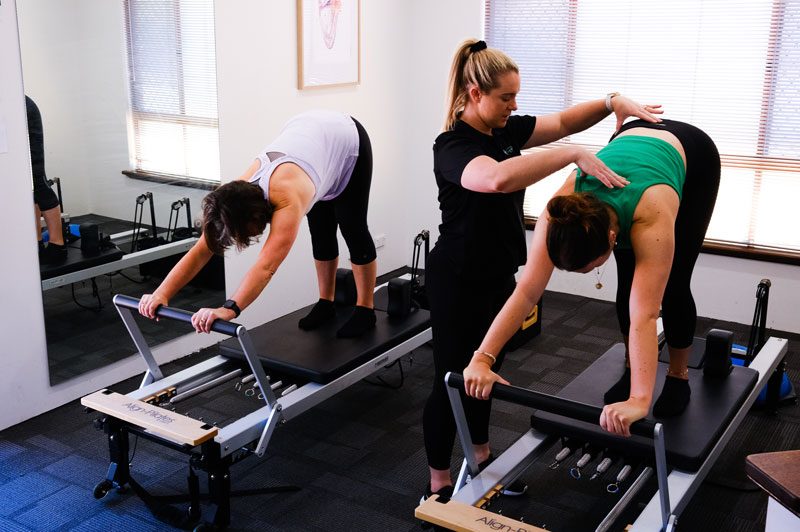What is Pregnancy related pelvic girdle pain (Pr PGP) – “pain experienced between the posterior iliac crest and the gluteal fold, particularly in the vicinity of the SIJ (sacroiliac joint). This pain may radiate to the posterior thigh and be in conjunction with/or separately in the symphysis pubis.”
Posterior Iliac crest, gluteal fold, sacroiliac joint, pubic symphysis……… what and where are these? Have a look at the picture below and watch out for my first video series to show you these pain locations.

There are different pain presentations when it comes to Pr PGP, meaning it can be felt in different locations! Common presentations include;
- Bilateral SIJ and pubic symphysis
- Bilateral SIJ
- Unilateral SIJ
- Pubic symphysis only
So how common is Pr PGP? Well, 33-50% of individuals report Pr PGP prior to 20 weeks pregnant, with 60-70% reporting in late pregnancy (3rd Trimester). Severe PGP occurs in approximately 20% of women during pregnancy. As above, the pain location will vary between each individual, but more commonly occurring at Bilateral SIJ and Pubic combined, or Bilateral SIJ only.
Pr PGP most commonly presents between 14 and 30 weeks pregnant. The pain will generally increase in intensity towards the end of pregnancy, with most women having relief in the 3 months post-partum. Although, pain may persist into the postpartum period in 7-25% of women.
So, what actually contributes to this pain? There has not yet been one single factor that is directly proven to cause Pr PGP. It has been suggested that causes are multifactorial and may be different for different women.
Some contributing factors for this pain include, and are not limited to;
- Your beliefs around pain and your pain experiences can affect the way that you move. If you believe that pain equals damage, this can lead you to being more rigid while moving and avoiding movements that increase your pain. This belief encourages you to be hyper vigilant with your posture which can in turn increase your pain levels. This is very unhelpful behaviour when it comes to any type of pain.
- Your Lifestyle and education can also contribute to your pain. When we speak about lifestyle we are looking more at your level of physical activity, your sleep quality/quantity, and emotional health. The education side looks at your understanding and previous knowledge of the pain, your experience, your diagnosis and prognosis.
- Then we have your hormones. Hormonal changes during pregnancy do contribute and influence the laxity of your ligaments and increased pelvic mobility. Now, contrary to popular belief, Relaxin is not the main culprit for ligament laxity and increased mobility…. There is actually more evidence against relaxin contributing to Pr PGP than there is for it. Instead, research leads us more towards the increase in Oestrogen during pregnancy as the main culprit. The amount of Oestrogen produced during a normal pregnancy is the same as a non-pregnant woman, through their entire life! Oestrogen effects the connective tissue during pregnancy, ultimately leading to laxity and increased mobility at the pelvic joints. Now in saying this your pelvis is not unstable, it remains stable through your pregnancy, but can become more sensitive as load transfers through your joints!
Risk factors that may predispose you to Pr PGP;
- Previous Lower Back Pain, SIJ pain, PGP in previous pregnancy
- Higher BMI pre pregnancy
- Work factors
- Multiparity
- Depression
Now in saying this, if you experience any of these risk factors it does not necessarily mean that you sure are going to have Pr PGP. Instead, it just means that you have the possibility of having this presentation.
So, what activities might you feel this pain during? The most common activities that bring on pain is when you are standing on one leg. So, think when you take a step, putting on your pants in the morning or going up the steps, other activities include but are not limited to walking on soft sand and rolling over in bed.
What can you do for Pr PGP?
Come into our clinic and get an assessment done today! Everyone’s treatment will differ depending on when symptoms are produced and how severe. I will be going through some general exercises to help, so keep a look out on our Facebook page for them, along with some great ways to help modify your movement to reduce pain in the short term.

